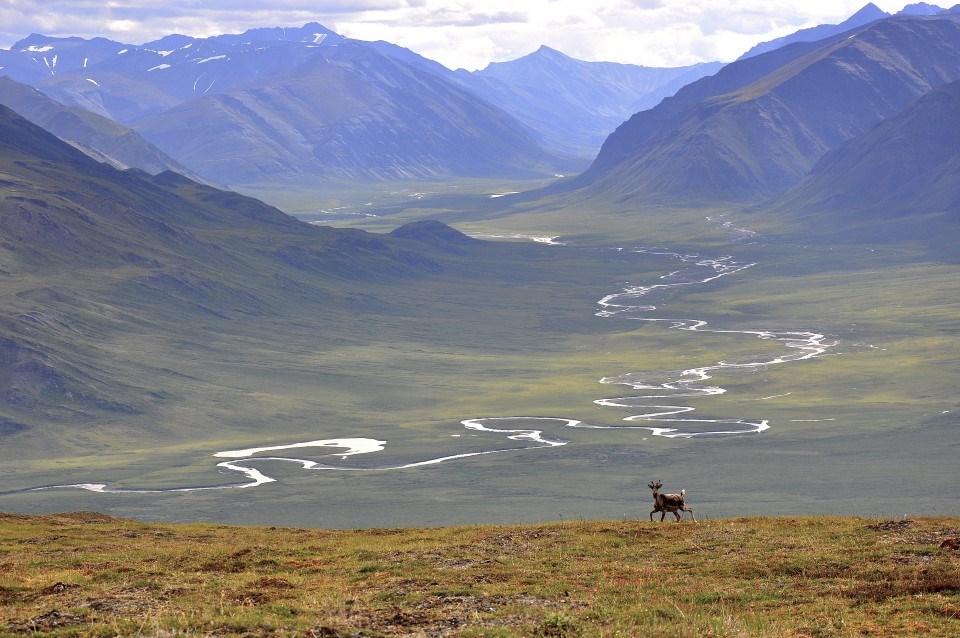
NPS/Carl Johnson Park Purpose The purpose of Gates of the Arctic National Park and Preserve is to maintain the wild and undeveloped character of the area, including opportunities for visitors to experience solitude and the natural environmental integrity and scenic beauty of the Brooks Range; to provide continued wilderness recreational opportunities; to protect habitat for and the populations of fish and wildlife; and to provide continued traditional subsistence uses by local residents in the park.. Specifically, Section 201 of the Alaska National Interest Lands Conservation Act (ANILCA) states that the park shall be managed for the following purposes, among others:

NPS/Ken Hill A Proclamation Associated with these various land forms is a progression of ecosystems representing a continuum of communities from the boreal spruce forest and riparian shrub thickets in the south to the arctic tussock tundra in the north. These communities of plants and undisturbed animals offer excellent opportunities for study of natural interaction of the species. The monument also protects a substantial portion of the habitat requirements for the Western Arctic caribou herd which uses ancient routes through the mountains for migration. This herd, which has suffered severe population losses recently, is of great value for the study of the population dynamics relating to both the decline and recovery of the herd. The archaeological and historical significance of the area is demonstrated by the studies which have revealed evidence of human habitation for approximately 7,000 years. Several known traditional Athabascan-Inuit trade routes run through the monument area giving the promise of further important archaeological discoveries. In the Wiseman and Ernie's Cabin mining regions in the south are offered opportunities for historical study of the life of the Alaskan pioneer miner of the early twentieth century. The land withdrawn and reserved by this Proclamation for the protection of the biological, geological, archaeological,historical, and other phenomena enumerated above supports now, as it has in the past, the unique subsistence culture of the local residents. The continued existence of this culture, which depends upon subsistence hunting, and its availability for study, enhance the historic and scientific values of the natural objects protected herein because of the ongoing interaction of the subsistence culture with those objects. Accordingly, the opportunity for local residents to engage in subsistence hunting is a value to be protected and will continue tinder the administration of the monument..." -President Jimmy Carter |
Last updated: March 4, 2025
